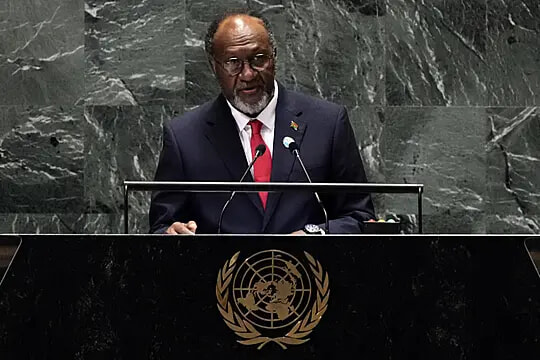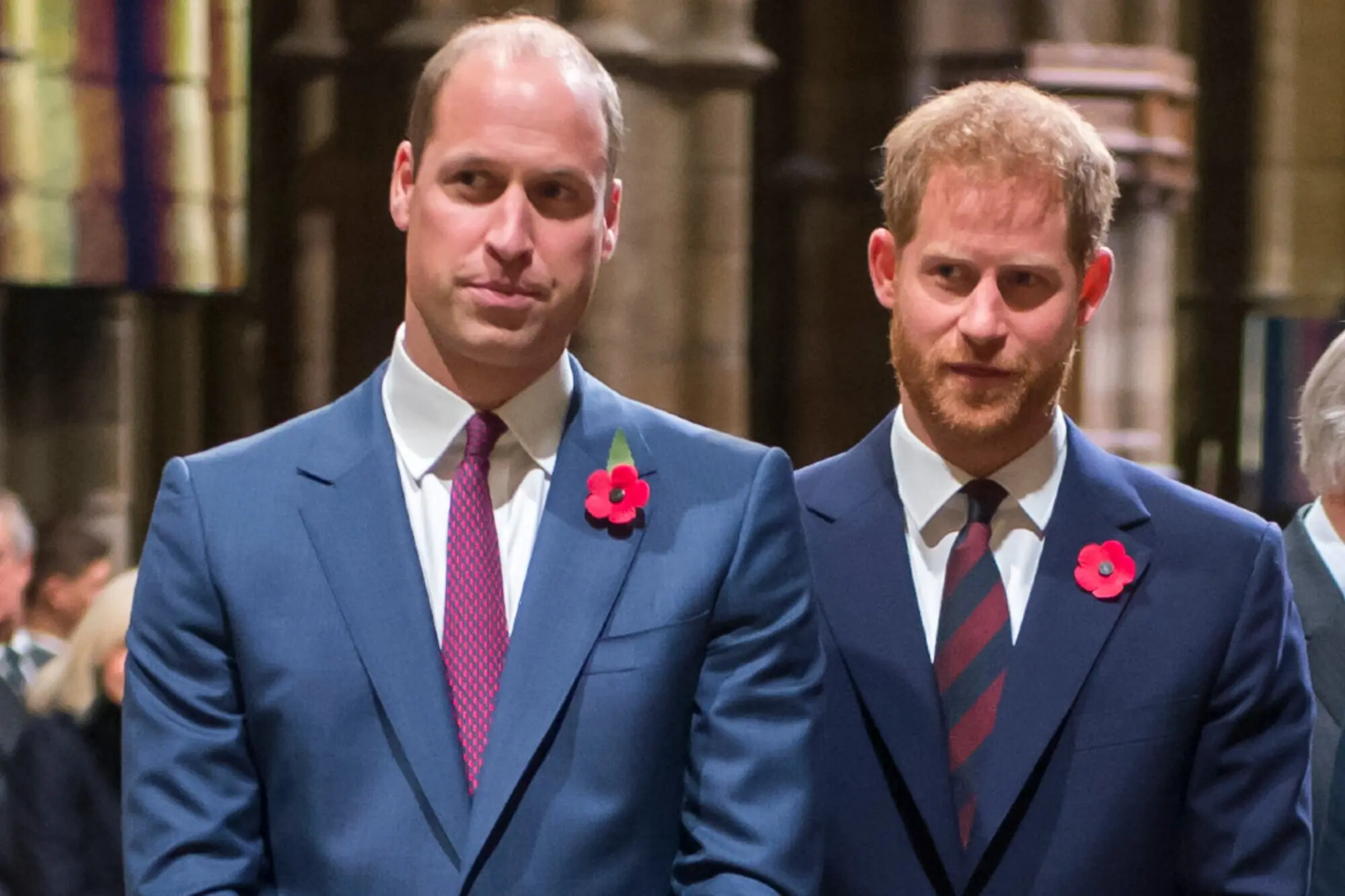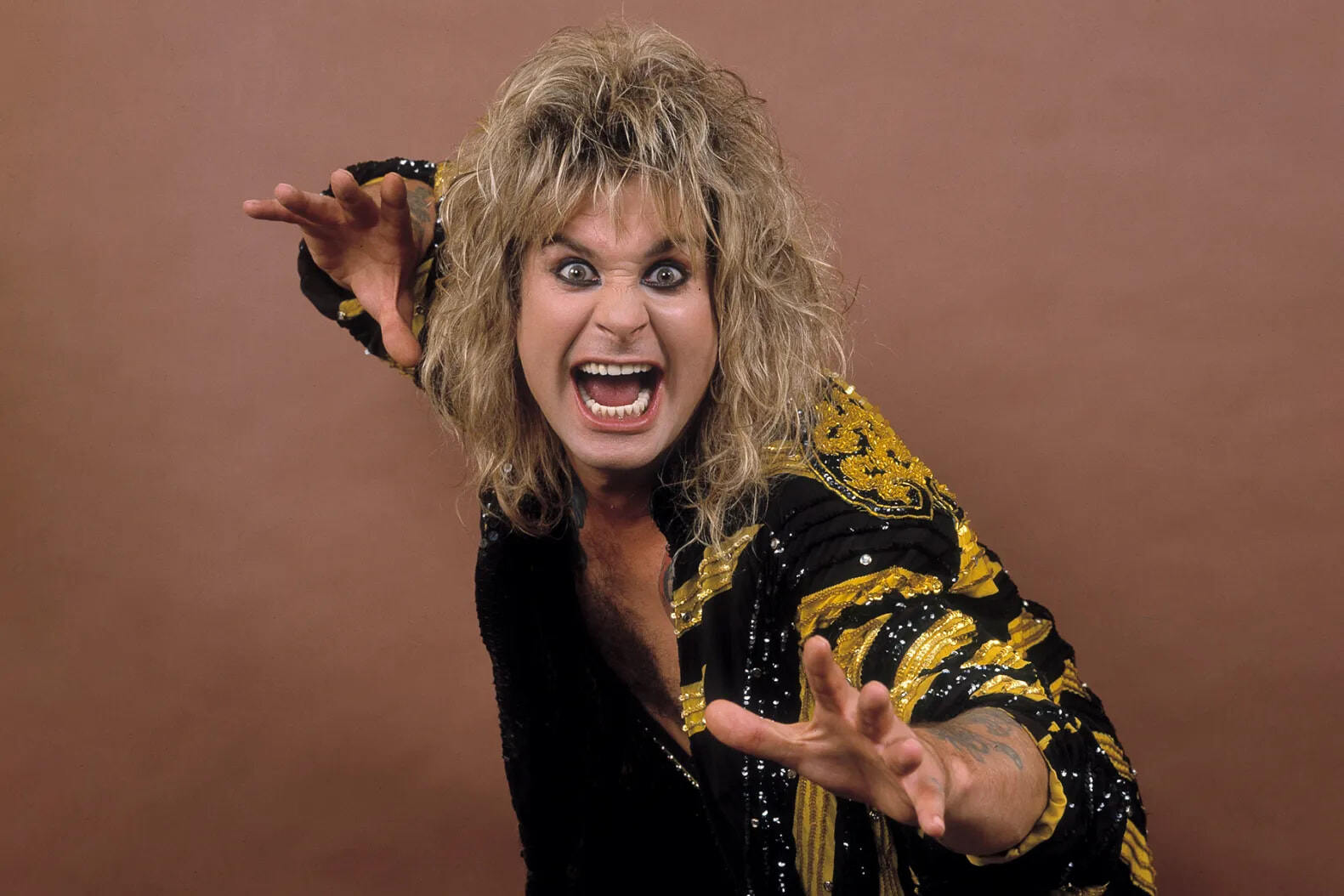
British Heavy Metal Legend Ozzy Osbourne Has Died at 76
RIP
Published July 23, 2025
Advertisement
Advertisement
1. A Rock Legend
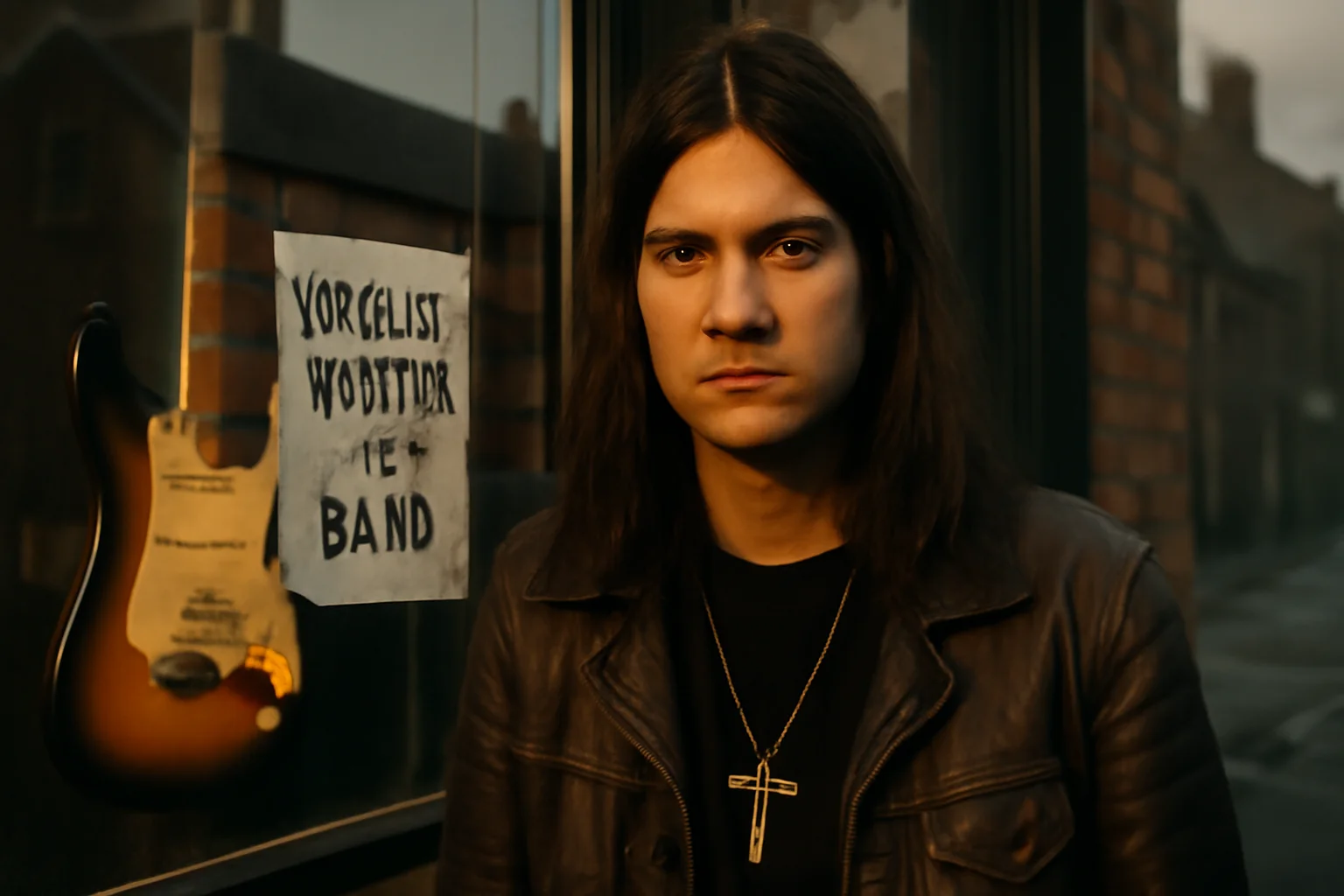
Ozzy Osbourne’s journey began in the rubble-strewn streets of postwar Birmingham, where he grew up in a working-class family crowded into a tiny home. Struggling with undiagnosed dyslexia and ADHD, Ozzy bounced between dead-end jobs and petty crime, eventually serving a short prison stint after a botched burglary. It was his father’s sacrifice—taking out a loan to buy his son a PA system—that put Ozzy on a different path, leading to an ad in a music shop window that would change rock history. The young dreamer teamed up with local musicians, experimenting as Rare Breed, Earth, and finally, Black Sabbath—a name inspired by horror films and a taste for the theatrical. By 1970, Black Sabbath’s debut album turned the music world on its head, blending dark blues with a new heaviness that critics dismissed but fans devoured. Osbourne’s haunted vocals and outlandish stage presence quickly made him the face of a new genre: heavy metal. With hits like “Paranoid,” “War Pigs,” and “Iron Man,” the band became a lightning rod for controversy, accused of Satanism and blamed for moral panics across the globe. Behind the scenes, life was chaos—grueling tours, endless substance abuse, and rising internal tensions. Ozzy, the self-proclaimed “Prince of Darkness,” found fame intoxicating but destructive, straining ties with his bandmates and family. As the 1970s closed, the band that defined heavy metal was on the verge of implosion, and Ozzy faced an uncertain future. But the seeds of his next act were already sown, and the world had not yet seen the full force of John Michael Osbourne.
Advertisement
2. Blizzard of Ozz
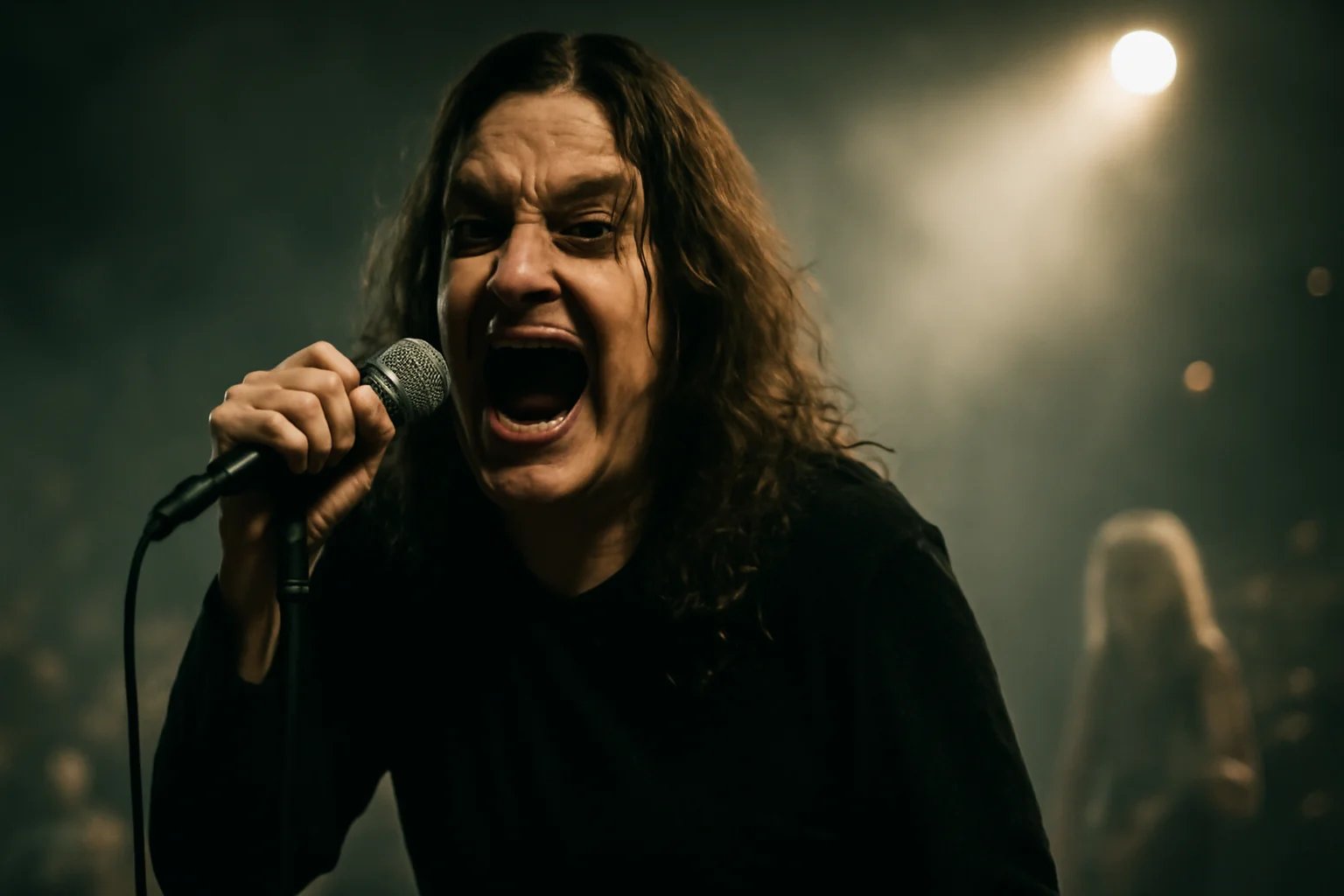
After being fired from Black Sabbath in 1979, a broken Ozzy Osbourne found himself on the brink—but Sharon Arden (soon to be his wife and manager) pulled him back from the edge. Together, they launched a solo career with the explosive album *Blizzard of Ozz*, featuring the iconic “Crazy Train” and introducing guitar prodigy Randy Rhoads. Ozzy’s reputation for wild antics grew with every tour—snorting ants, biting the head off a dove, and, infamously, chomping a bat during a 1982 show, thinking it was a toy. These stunts, both staged and accidental, became part of rock legend, fueling record sales and media frenzy while cementing Ozzy’s “Prince of Darkness” persona. But tragedy was never far; in 1982, a plane crash killed Rhoads, devastating Ozzy but not halting his momentum. Despite lawsuits, moral panics, and substance-fueled breakdowns, Osbourne kept recording, releasing hits like “Mama, I’m Coming Home” and the deeply controversial “Suicide Solution.” The 1990s brought reinvention—Sharon launched Ozzfest, a festival that became a rite of passage for a new generation of metal bands, while Ozzy’s solo career thrived. His unpredictable stage presence drew in millions, even as personal demons led to rehab stints and infamous legal troubles. Ozzy’s defiance of death—through accidents, addiction, and endless scandals—became as legendary as his music. He once joked that after all the chaos, he’d be remembered as “the man who bit the head off the bat.” Yet beneath the shock value, there remained a creative force who never stopped chasing the next riff, the next show, the next reinvention.
Advertisement
3. The Osbournes
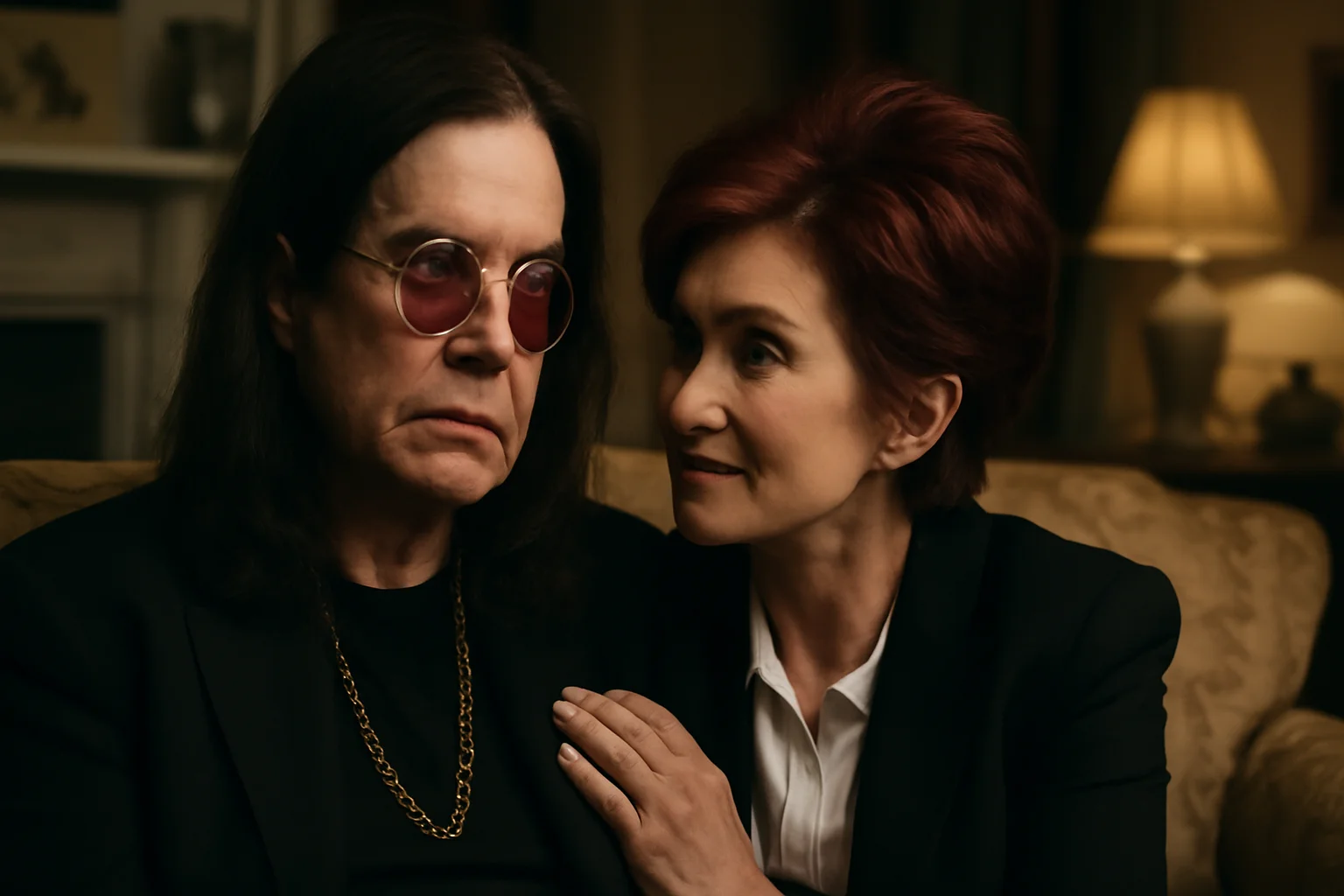
Ozzy and Sharon’s partnership went far beyond rock and roll; together, they built a family and a media empire in the most unlikely fashion. Their marriage, begun in 1982, weathered addiction, infidelity, public brawls, and even a near-fatal incident when a blackout left Ozzy attempting to harm Sharon—an episode that nearly ended everything. After years of turmoil and tabloid chaos, the Osbournes invited the world inside their home with MTV’s *The Osbournes* in 2002. The reality show revealed Ozzy as a lovable, bumbling dad, constantly fighting with remote controls, cursing at the family’s menagerie of pets, and exchanging profane banter with Sharon, Kelly, and Jack. The series became a phenomenon, winning a Primetime Emmy and redefining what reality television could be, paving the way for today’s celebrity family shows. Daughter Aimee opted out, but Kelly and Jack embraced the chaos, launching their own careers in entertainment and reality TV. Sharon emerged as a powerhouse in her own right, managing Ozzy’s career and becoming a global television personality. Despite their public struggles, the Osbournes remained fiercely loyal, often using humor and dark candor to navigate family drama and health crises. Ozzy’s relationship with his children—five in total, including three with Sharon and two from his first marriage—was a tapestry of love, dysfunction, and resilience. They weathered everything: addiction, illness, divorce scares, and constant media scrutiny, always finding a way back to one another. The Osbournes showed the world that rock legends could be both monsters and messengers—fragile, flawed, and undeniably human.
Advertisement
4. Prince of Darkness
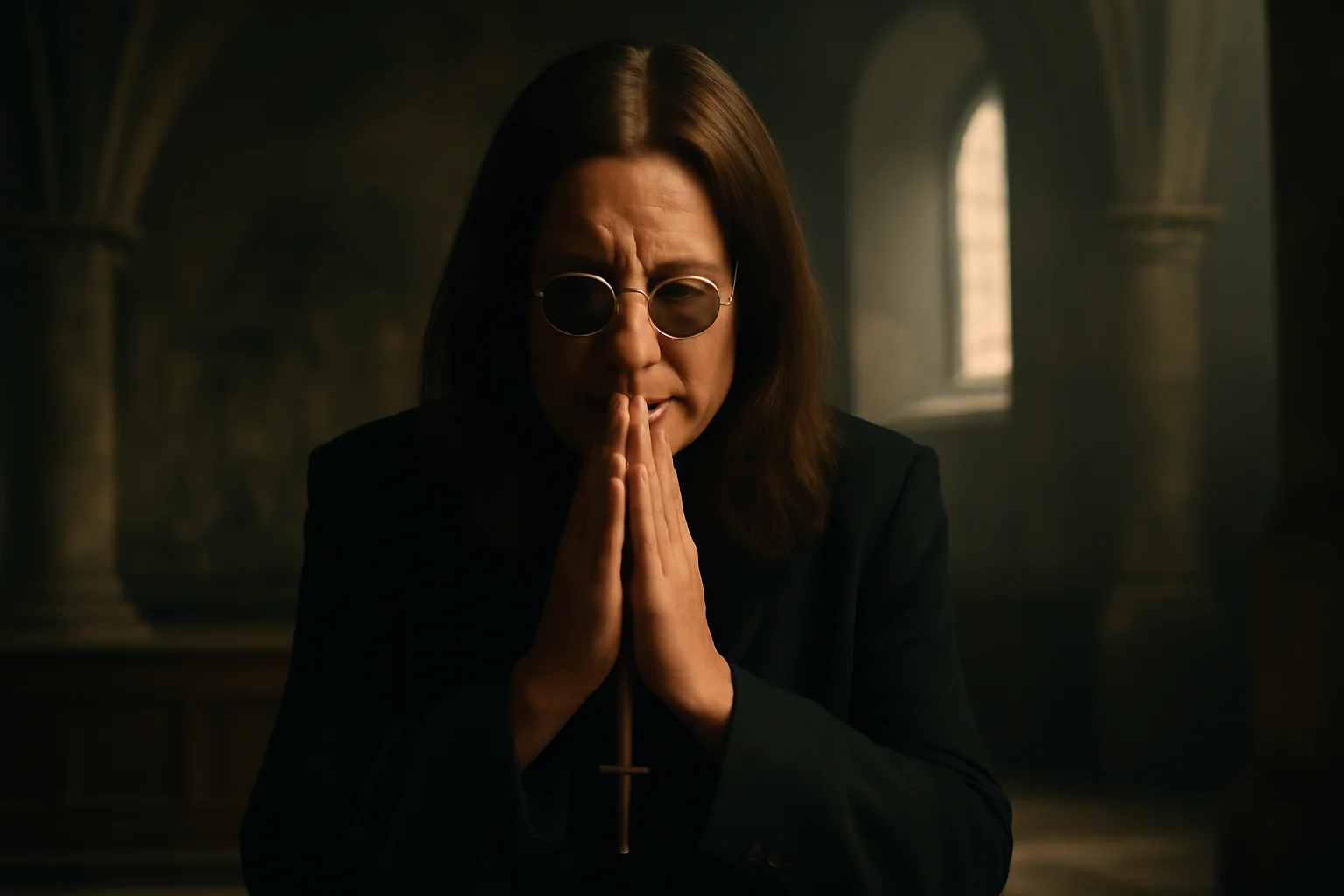
Ozzy Osbourne’s “Prince of Darkness” nickname became an emblem for decades of controversy, myth-making, and larger-than-life persona. Fans and critics projected everything onto him—Satanist, bad influence, prophet of doom—while Ozzy maintained his real-life ties to faith and family. He routinely prayed on his knees and made the sign of the cross before performances, rejecting accusations of Satanism as “nonsense.” Despite the dark theatrics, his public image masked a man who cared deeply for animals, loved practical jokes, and stayed connected to his Birmingham roots. Yet the aura stuck, amplified by notorious moments like the Alamo incident (urinating on a Texas monument in a dress), biting the head off a bat, and onstage antics that made headlines around the world. He sparred with religious leaders, faced lawsuits over song lyrics, and endured endless rumors about his health and sanity. But Ozzy always answered with humor and humility, saying, “It’s better than being called an a******.” He embraced the moniker, played into the role, and used it to fuel decades of reinvention and showmanship. At the same time, tributes from fans, bands, and even royalty revealed a different truth: beneath the stage blood and heavy riffs was a beloved, gentle soul. Ozzy’s influence on pop culture transcended music—he became a Halloween icon, a punchline, and a role model for generations of outsiders. Through myth and misunderstanding, the legend only grew, cementing his place as one of rock’s true originals.
Advertisement
5. The Long Goodbye

Ozzy Osbourne’s later years were defined by a fight with Parkinson’s disease—a battle he waged in public, refusing to hide from fans or media. Diagnosed in 2003 but revealing it to the world in 2020, Ozzy became an outspoken advocate for research, raising awareness and funds for the disease. Despite surgeries, spinal injuries, and declining mobility, he remained determined to keep performing, even as the years took their toll. His health struggles became part of his public story, with rumors swirling about suicide pacts, declining health, and the end of his career. But Ozzy, ever the survivor, shut down speculation with candor and humor, insisting he’d “cheated death so many times.” In July 2025, he returned to Birmingham for his emotional farewell concert at Villa Park, performing from a throne, surrounded by family, friends, and 40,000 adoring fans. The night reunited the original Black Sabbath lineup, with special appearances from Metallica and Guns N’ Roses, and featured hits spanning his half-century in music. Fans and peers alike sensed it was the end of an era, a final bow for the godfather of metal. In his last Instagram post, Ozzy wrote simply, “Back to the Beginning — The Final Show,” closing the circle on his extraordinary journey. Just weeks later, he died at 76, surrounded by loved ones, leaving a void in music and culture. His death sparked an outpouring of grief and tributes from across the globe, proving his legend was immortal.
Advertisement
6. Tributes, Tears, and Global Reverence
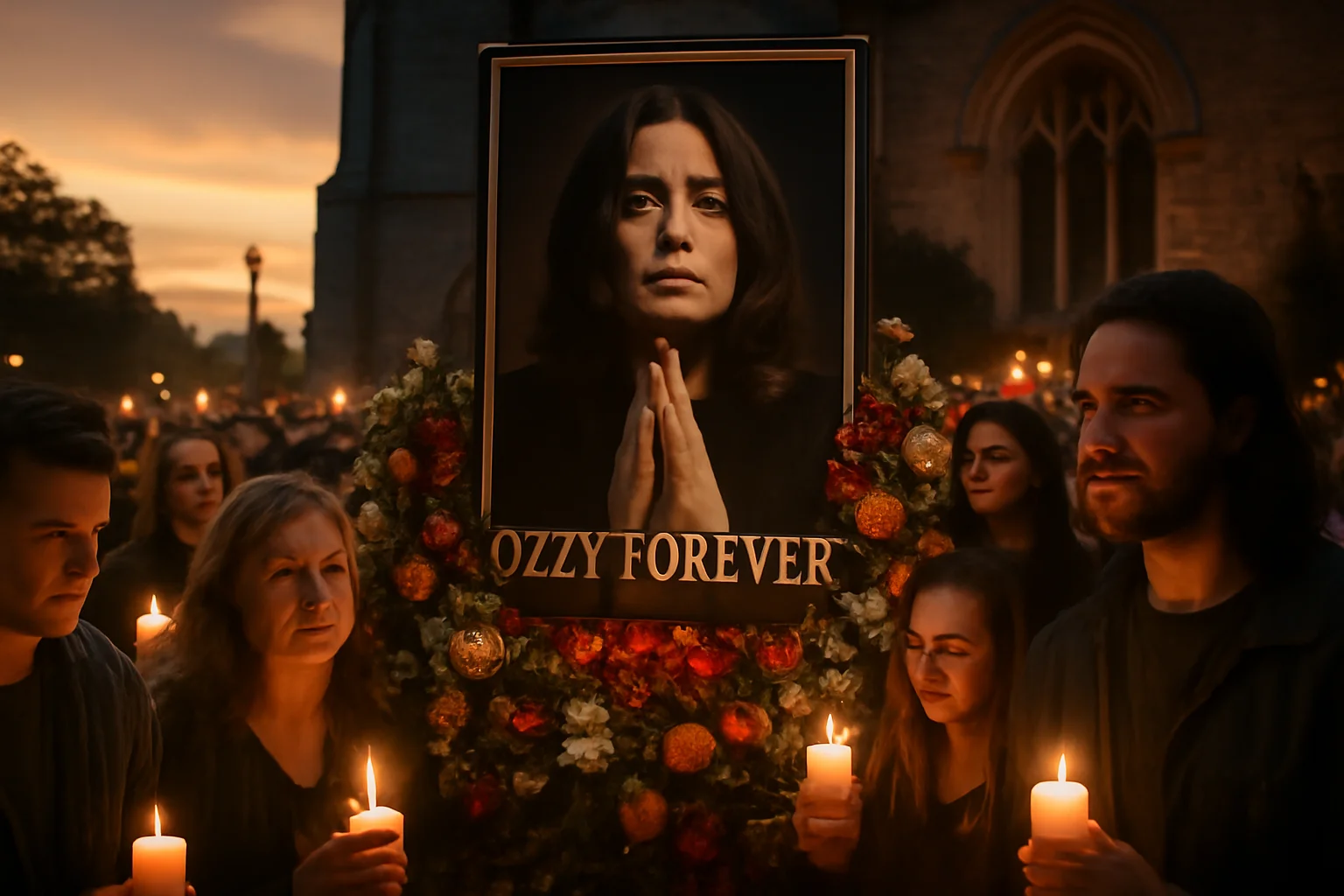
News of Ozzy Osbourne’s death swept the world, triggering tributes from legends, fans, and cities alike. Black Sabbath bandmates Tony Iommi, Geezer Butler, and Bill Ward shared raw memories of a brother lost too soon, while Sharon, Kelly, Jack, and Aimee issued a statement about being “surrounded by love.” Artists from Lady Gaga and Coldplay to Metallica, Queen, and Aerosmith paid their respects—calling him an “icon,” a “voice that changed music forever,” and “our brother in rock.” Cities honored him: Birmingham’s Black Sabbath Bridge became a shrine of flowers and tears, while the Alamo, once a site of scandal, posted condolences and gratitude for Ozzy’s journey from infamy to redemption. Athletes, actors, comedians, and even The Muppets chimed in, recalling Ozzy’s humor and humanity alongside his musical genius. Rock festivals, late-night hosts, and reality TV alumni shared stories of his influence and wild spirit. Social media filled with images—Ozzy performing, hugging fans, sharing quiet moments with family, and living every day as if it might be his last. Old friends like Pat Boone remembered his warmth as a neighbor, while new voices called him a “teacher,” “mentor,” and “father to us all.” His music blared from clubs, concerts, and stadiums across continents, a living reminder that legends never die. Through laughter, music, and mourning, the world came together to celebrate a life lived on Ozzy’s own terms. As one tribute declared: “Ozzy forever.”
Advertisement
7. The Last Encore
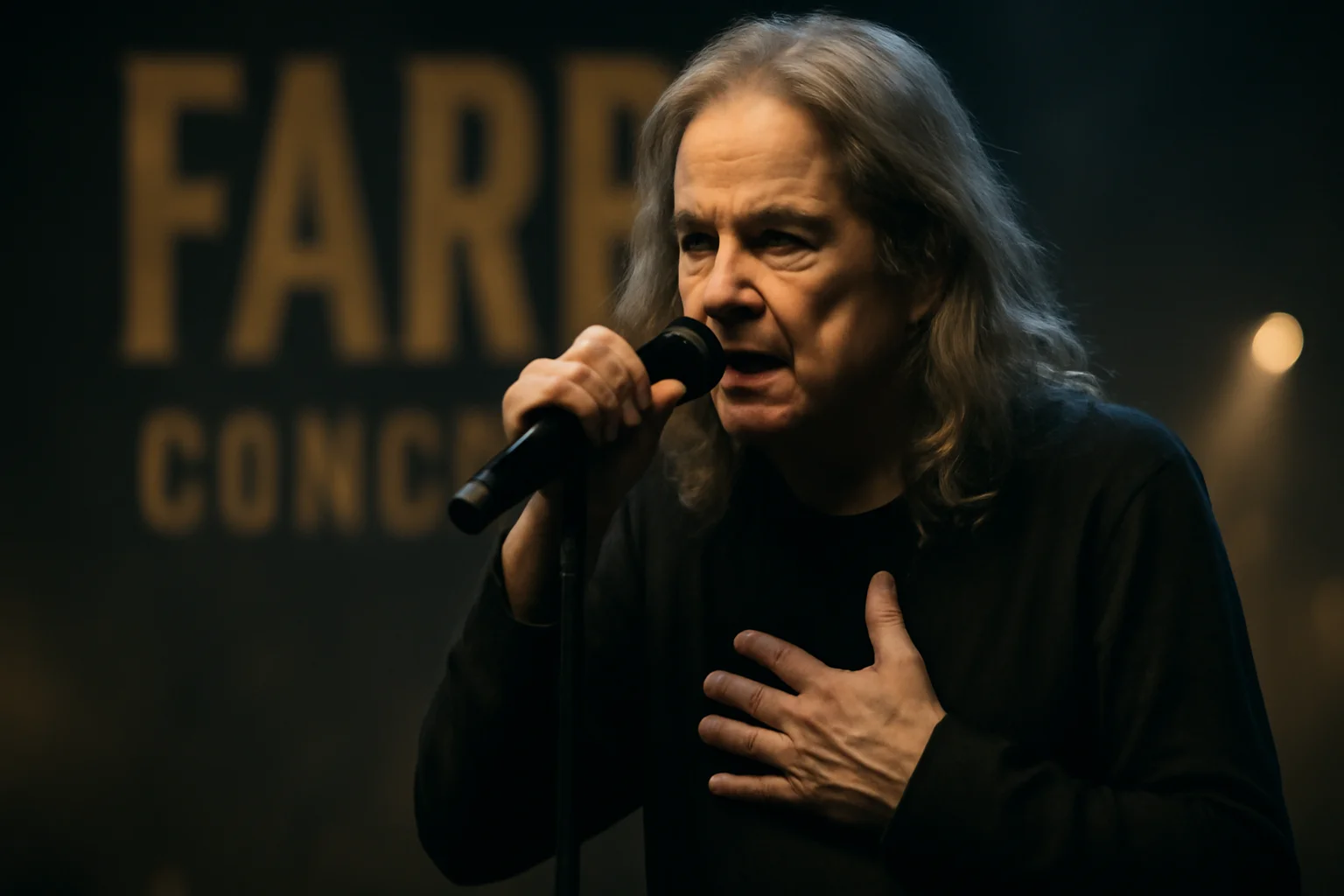
Even as his health faded, Ozzy Osbourne’s final acts reflected a commitment to giving back. His farewell concert in July 2025 raised over $190 million for children’s hospitals and Parkinson’s research, becoming the highest-grossing charity gig of all time. Ozzy and Sharon advocated for animal rights, joined anti-trophy hunting campaigns, and supported efforts to save endangered species. He continued to fight for public causes—speaking out against animal cruelty, appearing in advocacy videos, and signing limited-edition shirts to raise funds. The Prince of Darkness became a champion for those in need, using his fame to shine a light on overlooked causes. Beyond music, his television work with The Osbournes broke new ground, setting the blueprint for modern reality TV. Festivals like Ozzfest helped launch careers for bands who saw Ozzy as both legend and mentor, ensuring his influence would echo for decades. He used his voice, not just to scream, but to speak out for those without a platform. Even in decline, he found ways to lift others up—reminding the world that chaos, when harnessed, could be a force for good. Ozzy’s final acts weren’t about darkness, but redemption, charity, and hope. As his family and fans mourned, they also celebrated a life defined by resilience, mischief, and an endless will to give back.
Advertisement
8. Legacy in Stone
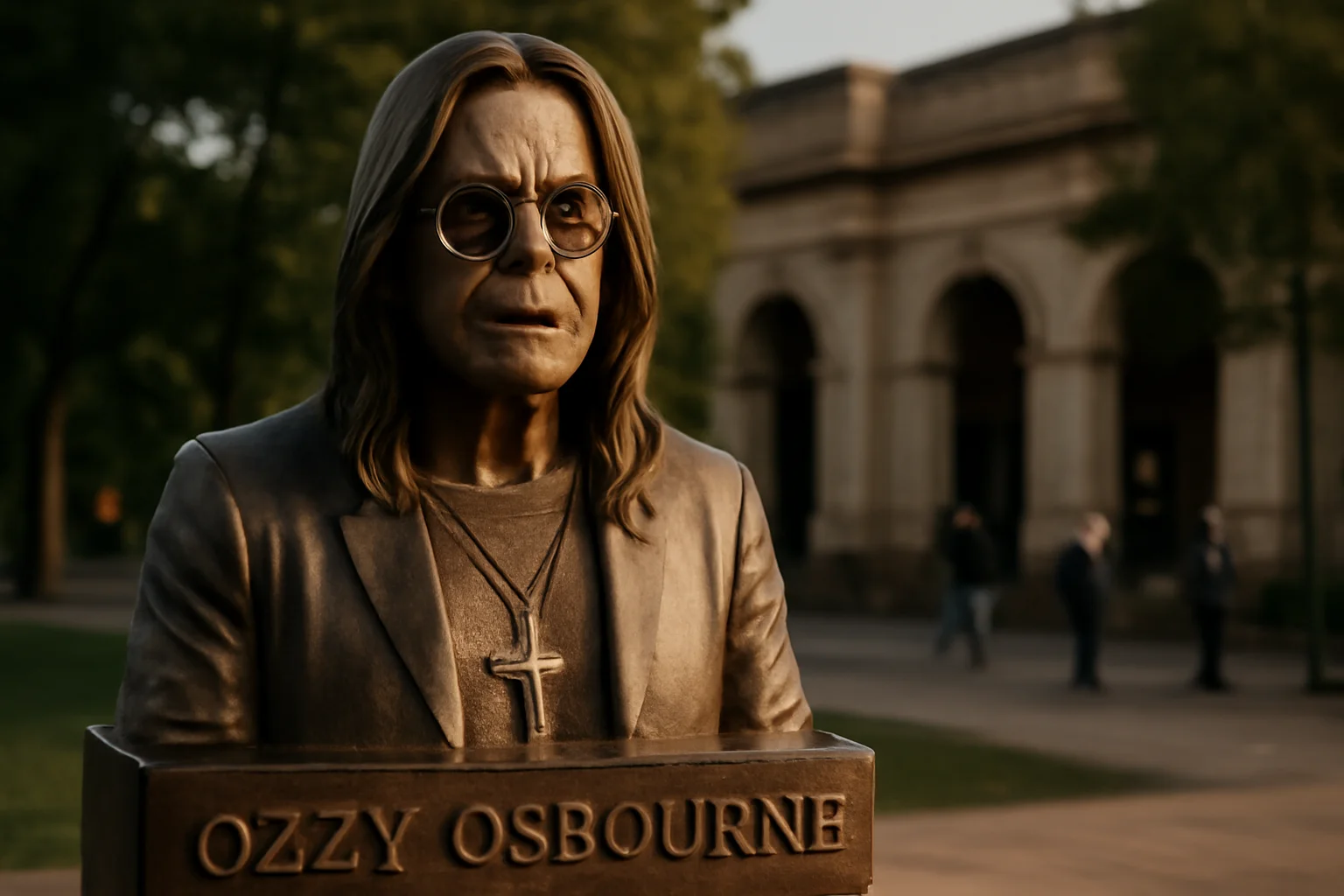
Ozzy Osbourne’s legacy is carved in both sound and stone—from Hollywood’s Walk of Fame to bridges, pubs, and parks in his native Birmingham. He was inducted twice into the Rock & Roll Hall of Fame—first with Black Sabbath in 2006, then as a solo artist in 2024—cementing his place in music history. Awards stacked up: five Grammys, an Ivor Novello, and honors from publications and organizations worldwide. His discography became the soundtrack for generations of outcasts, rebels, and dreamers, while TV reruns ensured new fans found him every year. Legends surrounded him—tales of substance-fueled mayhem, onstage disasters, and miraculous survival that blurred fact and fiction. But the quieter moments mattered, too: caring for animals, sharing tea with his aunts, doting on his grandchildren, and reconciling with old friends. The Osbourne family endured, with Sharon, Kelly, Jack, and Aimee all carrying forward the mix of chaos and love that defined their story. Ozzy’s influence reached beyond music, shaping how the world views rebellion, redemption, and the possibility of change. His name—once spray-painted on club walls and stitched into knuckle tattoos—now sits beside Lennon, Jagger, and Bowie as one of Britain’s greatest exports. As tributes poured in from all corners, it was clear: Ozzy Osbourne wasn’t just a rock star; he was a myth made real. And the family name, both loved and feared, would live on.
Advertisement
9. Behind the Darkness
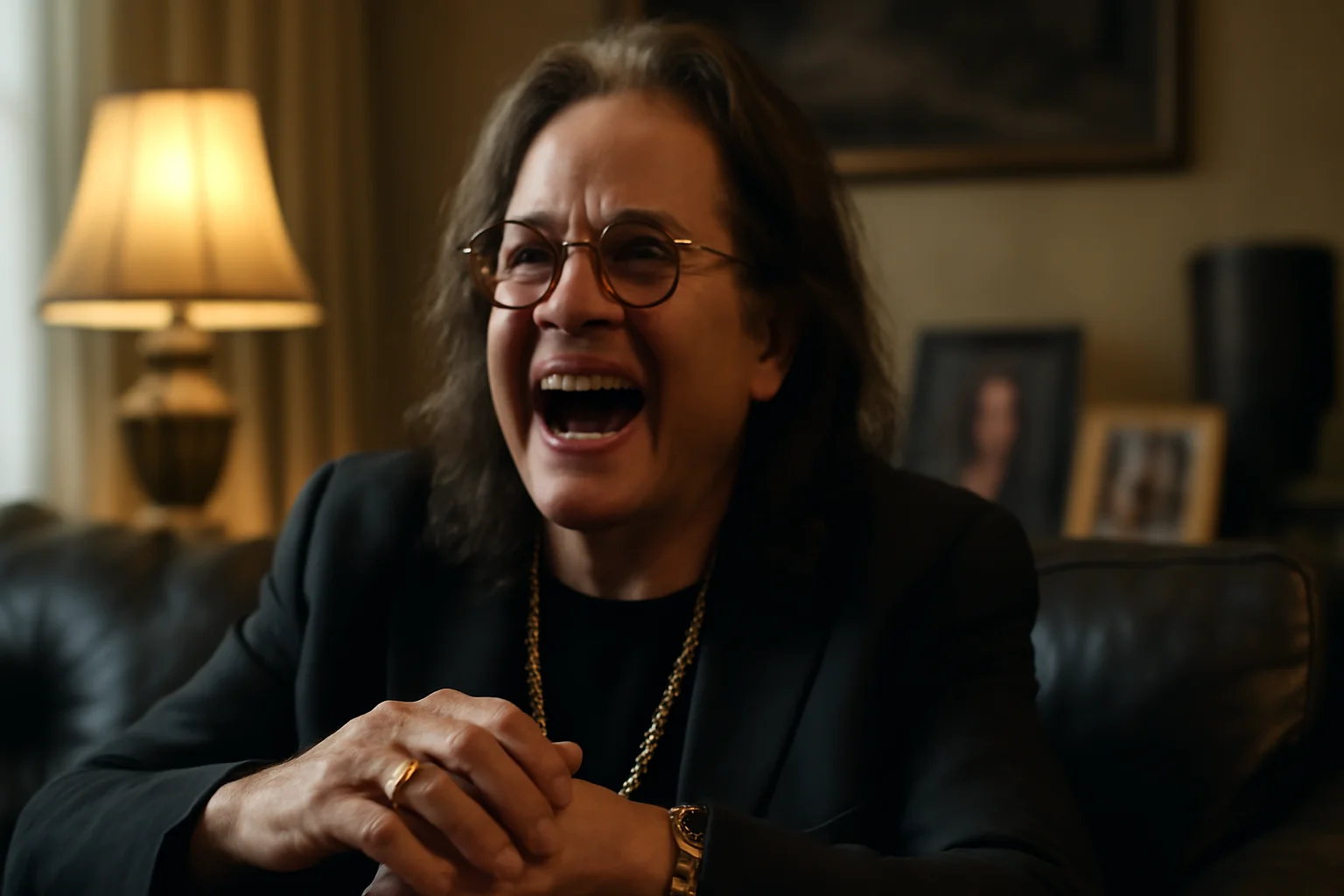
For all the darkness, Ozzy Osbourne was defined as much by laughter as by screams. He loved pranks—dreaming of a funeral with hidden speakers and videos asking for a second opinion on his death. Stories from friends, family, and fans highlighted a gentle, self-deprecating wit, a knack for disarming critics with charm and absurdity. He stayed fiercely loyal to his working-class Birmingham roots, never forgetting the family who scraped and sacrificed for his first steps in music. Neighbors, roadies, and old bandmates all recalled a man who could make anyone feel seen, no matter how chaotic the backstage might be. For Sharon, he was both partner and tormentor—testing her patience, breaking her heart, and making her laugh when all seemed lost. For his children, he was the “crazy” dad who turned life into a spectacle, even as he struggled to be present and sober. Fans who met him at concerts, shrines, or random chance shared stories of kindness, humility, and unexpected wisdom. Ozzy’s home, whether a mansion or a modest house in Aston, was always filled with noise, warmth, and the scent of rock and roll history. Behind the bat-biting, there was a soul that never lost its sense of awe at the world’s absurdity. Ozzy Osbourne taught generations that the line between tragedy and comedy, darkness and joy, was never fixed.
Advertisement
10. Immortal Riffs
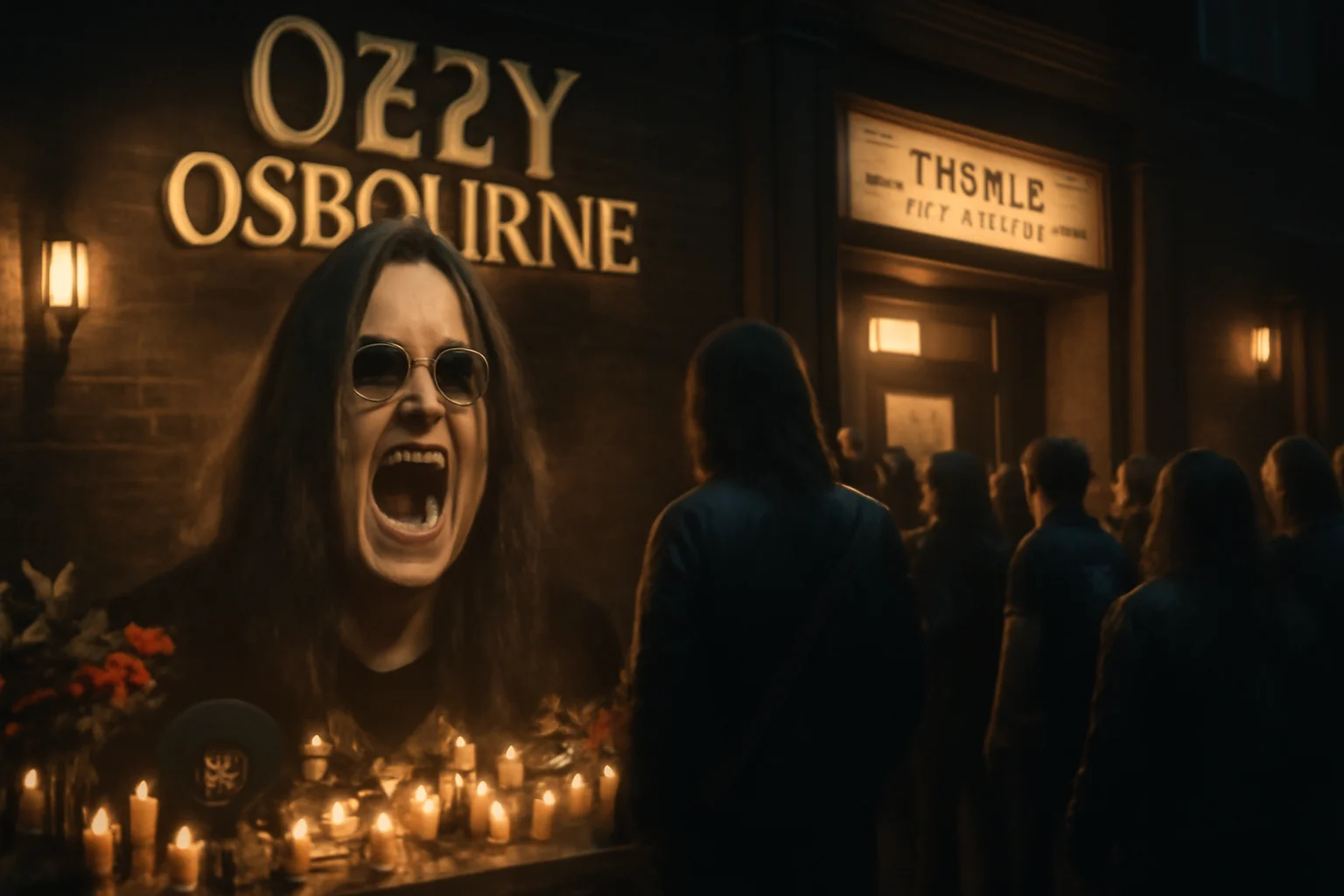
Ozzy Osbourne’s death closed a chapter, but the music—loud, rebellious, and unforgettable—keeps playing. Spotify, radio stations, and tribute concerts fill the air with his greatest hits: “Crazy Train,” “Iron Man,” “Mama, I’m Coming Home,” and so many more. Documentaries, biopics, and a final concert film set for release in 2026 promise to keep his story alive for future generations. As fans gather at shrines, stadiums, and hometown pubs, his voice echoes—the haunted wail that defined heavy metal for over fifty years. Young artists, old legends, and countless outsiders point to Ozzy as the reason they believed in music, chaos, and their own wild dreams. The world that once feared Black Sabbath’s darkness now celebrates its depth, resilience, and freedom. Ozzy’s journey—from Birmingham’s shadows to global stardom—proves that anyone can carve a legend from pain, laughter, and relentless hope. As Queen put it: “His music will live on.” The Prince of Darkness is gone, but the party—loud, defiant, and a little bit mad—never really ends. So crank up the volume, remember the man, and let the riffs carry you. Because somewhere, Ozzy is smiling—forever immortal, forever rocking.
Advertisement
Advertisement
You May Also Like


